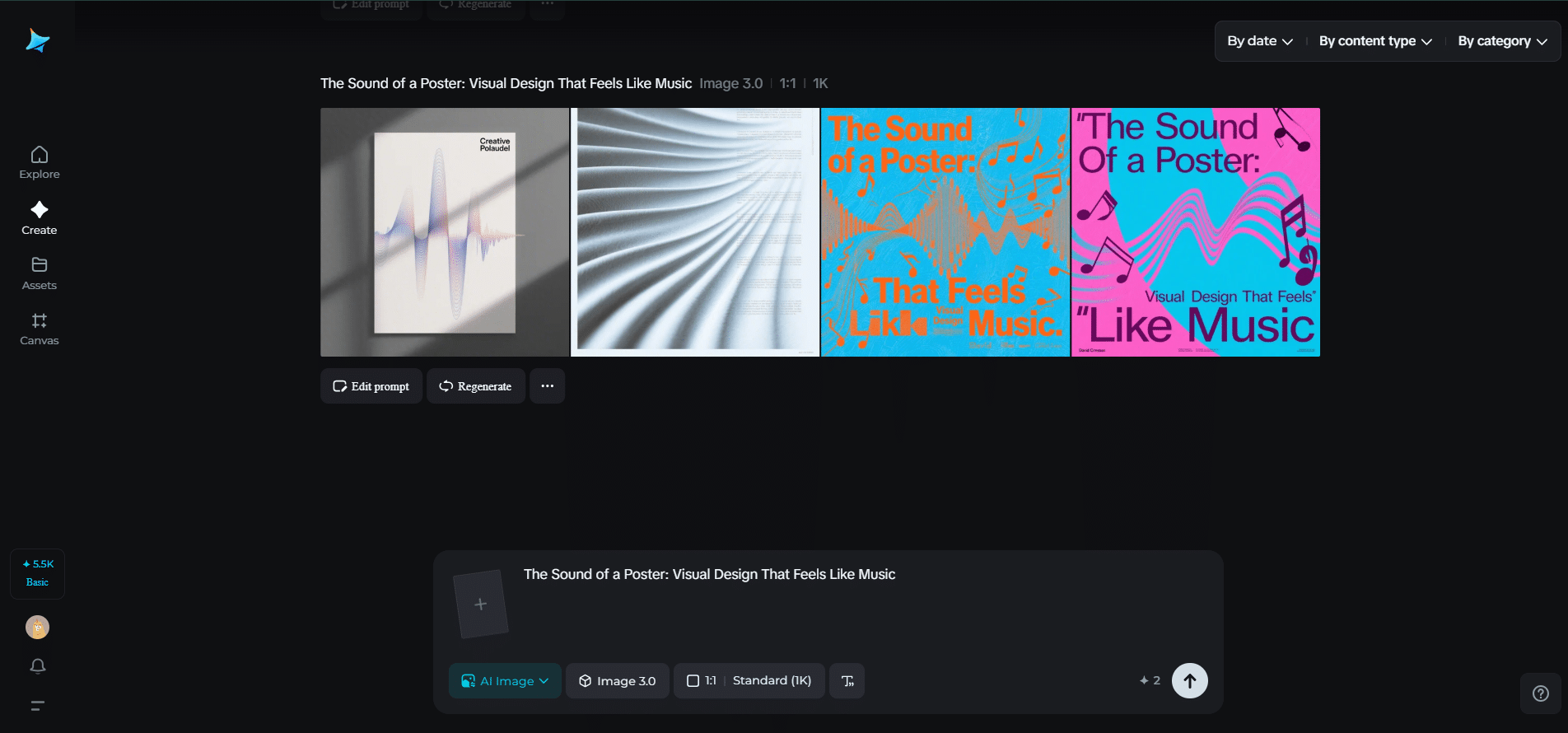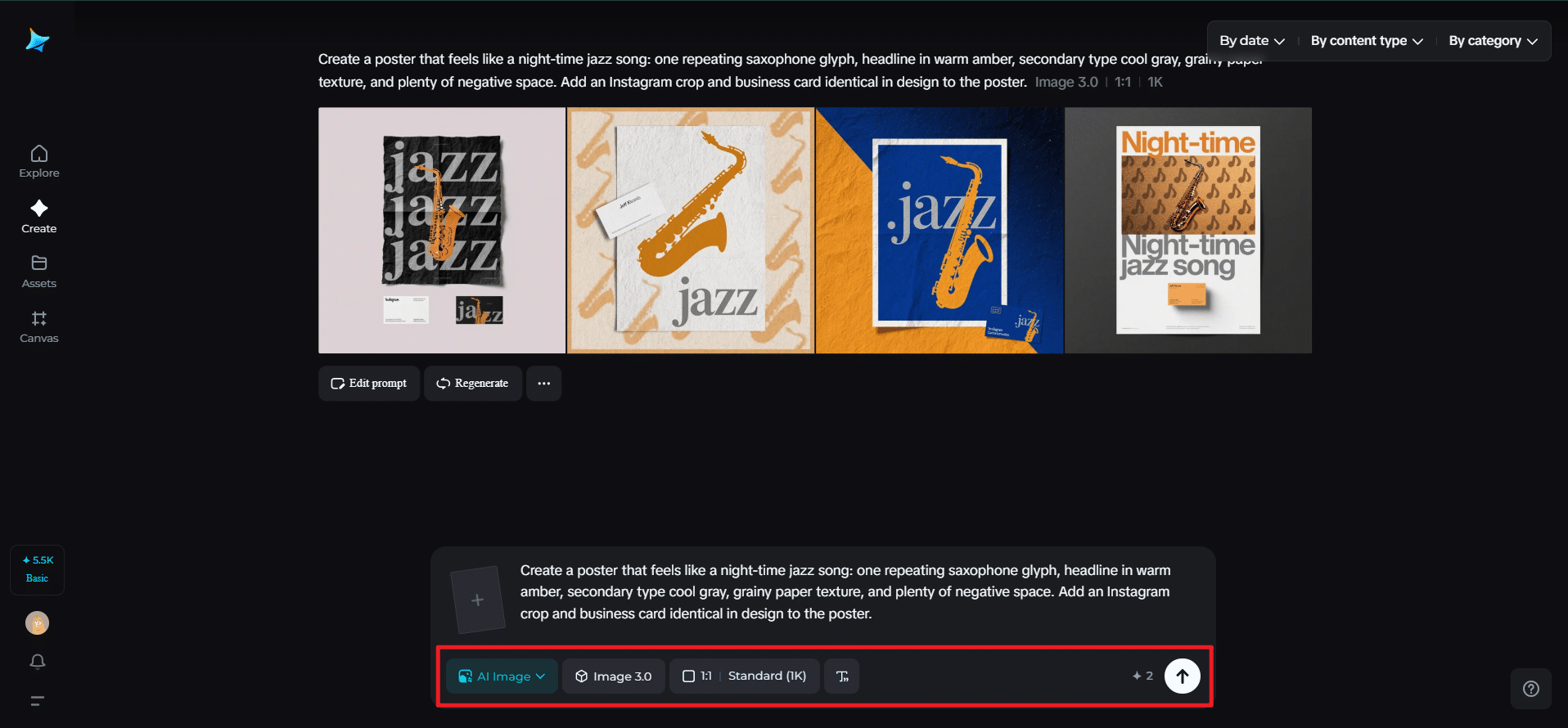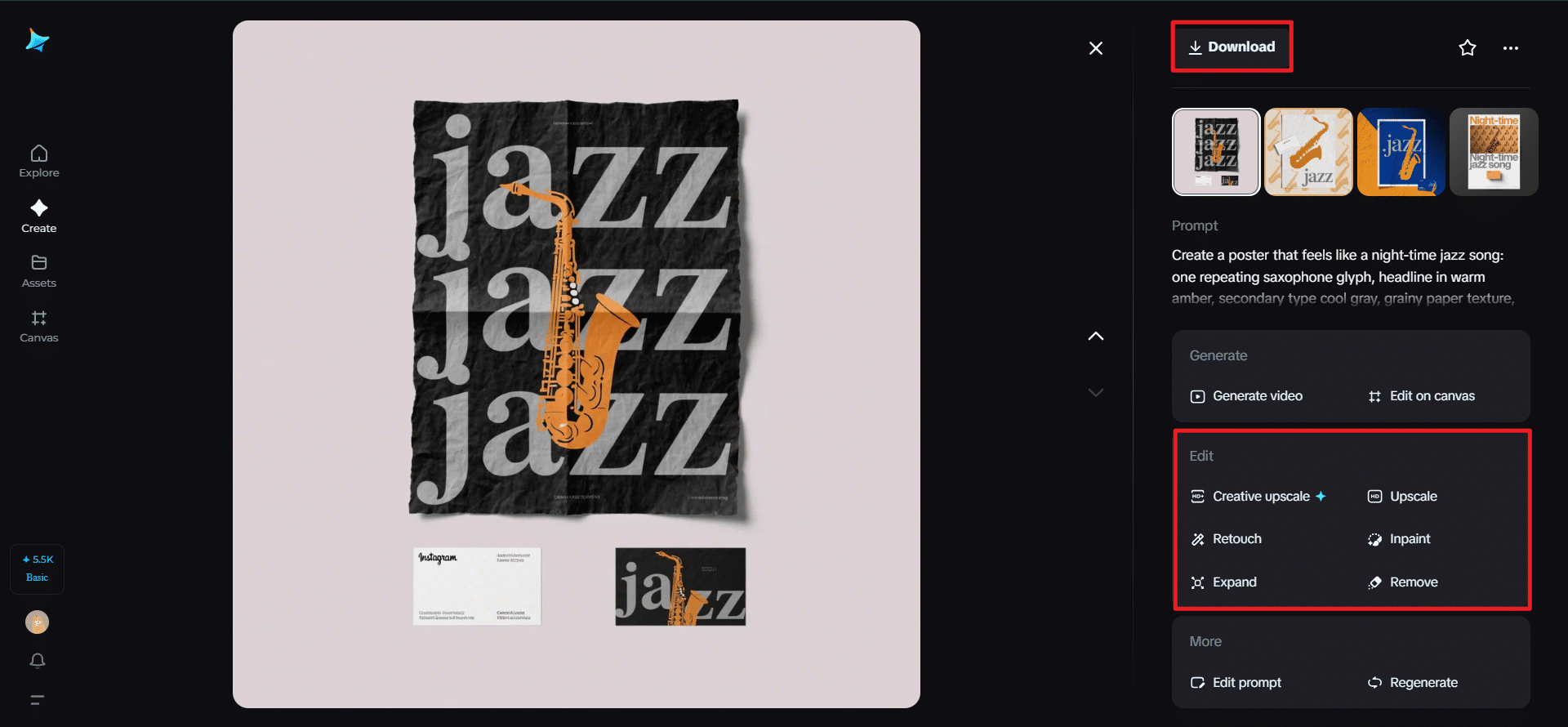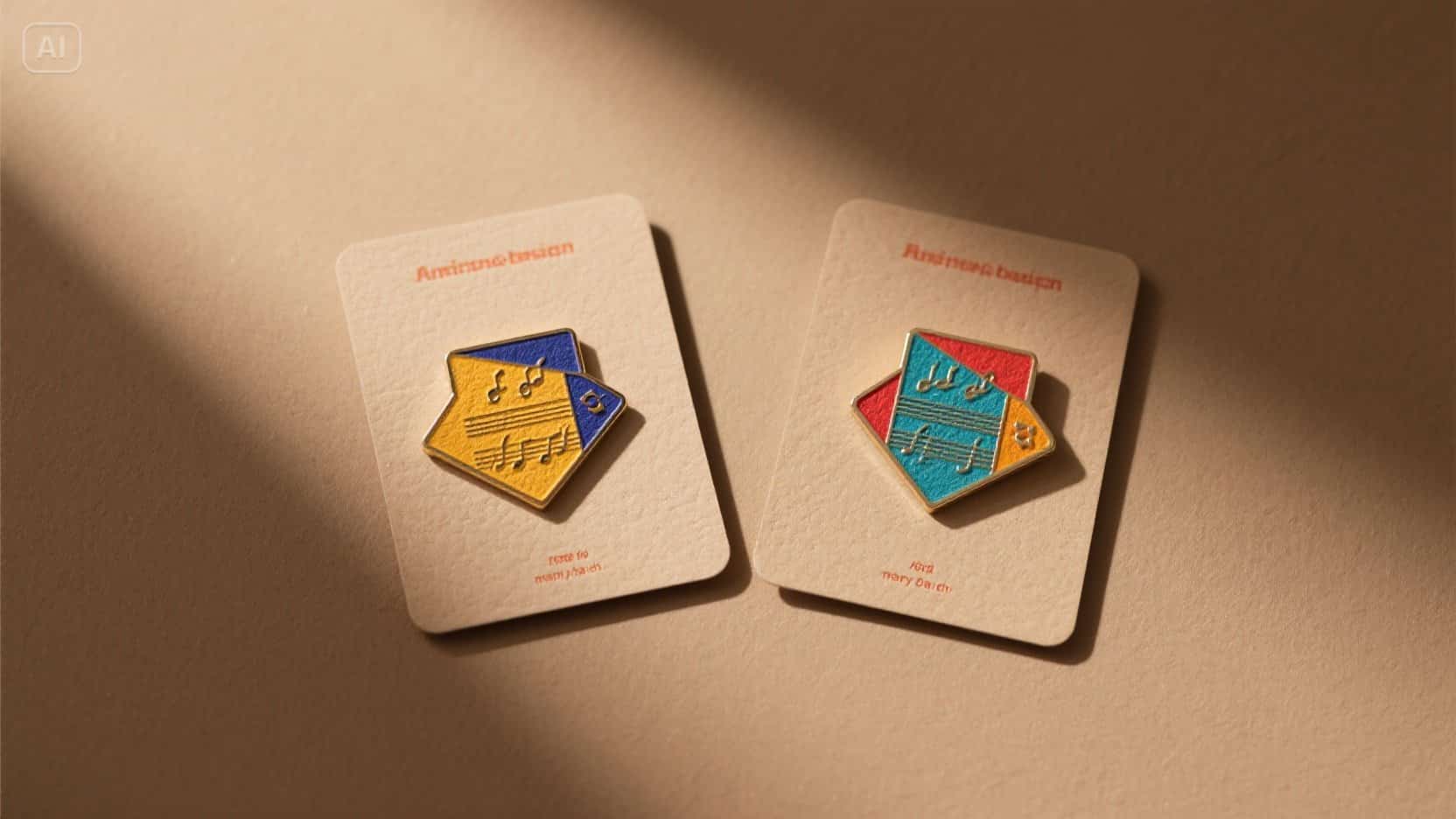Post By: Backlinks Provider
Think of a poster like a song: themes repeat, silence matters as much as sound, and pacing determines whether someone sways or walks on. To begin, seed your visual playlist with textured references — mood frames that show rhythm and light — by using an AI photo generator inside Dreamina to produce quick stills of patterns, grain, and contrast. These frames become your tonal palette: the staccato of a bold headline, the legato of background texture, the syncopation of a repeated icon. Mention Dreamina here because it moves you from idea to image fast, helping you audition visual riffs before you commit to print.

Transforming musical ideas into visual methods is the key to creating posters with a musical feel: tempo becomes the scanning speed you design for, rhythm becomes repetition, and harmony becomes colour associations. Below are ways to compose posters that hum, starting with compositional theory and finishing with a short, playful Dreamina workflow to prototype a poster that feels like it could soundtrack a room.
Melodic motifs and visual hooks
A memorable motif is like a hook in a pop song — concise, repeatable, and irresistible. Choose one visual motif (a shape, a texture, a flora, a glyph) and let it appear in multiple sizes and opacities across the piece. That repetition establishes rhythm and helps the eye predict what comes next, which increases comfort and memorability.
- Select a single motif and adjust the scale to create rhythm.
- Place your hook near the top third to catch early attention
- Repeat it in reversed opacity or rotated to create a call-and-response
These simple moves create a chorus that readers remember even after they’ve looked away.
Dreamina’s studio jam: three quick steps to prototype a musical poster
Step 1: Write a descriptive text prompt
Go to Dreamina and compose a detailed prompt outlining the mood, tempo, and motif of the poster.
For instance: “Create a poster that feels like a night-time jazz song: one repeating saxophone glyph, headline in warm amber, secondary type cool gray, grainy paper texture, and plenty of negative space. Add an Instagram crop and business card identical in design to the poster.”
A simple brief provides Dreamina with the musical directives it requires.

Step 2: Refine parameters and generate
Select a model that has good texture and typographic sensibility, define the aspect ratio for the deliverables in question, and select resolution—1k for rapid drafts, 2k for actual prints. Press Dreamina’s icon to create several directions. Check over for a dominant chorus motif, readable tempo, and textures that project in both print and phone.

Step 3: Personalize and download
Refine with Dreamina’s inpaint to add or modify elements in space for copy, stretch out to make bleed, remove artifacts, and retouch color automatically to ensure contrast and print integrity. When the composition finds its rhythm, click Download to export print-ready, layered files and social crops.

Harmony: color and type relationships
Harmony in music is the comfortable mix of notes; visually, it’s the palette and type that sing together. Limit your colour scheme to one neutral colour for the body content and negative space (rhythm), one primary colour for the header (voice-leading), and one supporting colour for the subheadings (counter-melody). Pair a warm headline face with a cooler, more neutral body type to create contrast without chaos.
Tempo and reading speed
Tempo controls how fast someone reads. Fast tempo equals big, punchy headlines, short phrases, and quick visual beats. Slow-tempo posters invite lingering: longform illustration, subtle textures, and generous negative space. Recognise your surroundings: museum lobbies permit a slower, more poetic pace, while tube stations require vigorous tempos.
Syncopation is the intentional use of surprises to grab attention
In design, syncopation is the unexpected twist that gives a composition life, such as a quick colour flash, a hand-drawn line fragment breaking a grid, or an unexpected location. The accent is what gives the rhythm a human feel, therefore use syncopation carefully.
Collaborative layering: identity in motion
When a brand needs an emblem that can repeat like a leitmotif, iterate compact versions for repeat use. If you want rapid emblem sketches to test how a symbol behaves across posters and stickers, try Dreamina’s AI logo generator to generate a range of simplified marks. You can audition at different scales and rhythms.
Tactile takeaways and small merch
A poster that sounds can also stick. Create companion tokens — a small lyric-card or a die-cut emblem — that fans can keep. Prototype these with a sticker maker to test portable motifs that carry the poster’s riff into the real world: laptops, water bottles, and pockets become tiny speakers of your visual music.

Chorus and verses: structuring content
The verses (supporting details) add tone and tale, while the chorus (title + visual hook) is bold and repetitive. Create the poster so that the verses beg for a closer look, while the chorus is easily readable at a glance. This format facilitates in-depth or mobile consumption.
Texture and timbre: making paper sound different
Timbre makes the same note different on flute versus sax. In print, texture is timbre. Grainy halftones, soft-touch coatings, and letterpress impressions give a visual voice. Texture can be subtle — a printed noise layer under a headline can make a letter feel like a worn record label. Use texture to align the poster’s “instrument” with the brand’s voice.
Silence: the power of negative space
Silence in music is a rest. Negative space is the rest in design. It gives rhythm room to breathe and makes the beats matter. Resist the temptation to fill every corner; let the eye find calm between motifs.
Repetition patterns that aren’t boring
Repetition becomes boring when it’s mechanical. Vary repetition through scale, opacity, rotation, and timing (if animated). A repeated glyph that slightly shifts across the poster mimics a musical motif evolving — familiar, but alive.
Accessibility and cross-environment playback
Design posters to play well across contexts. High-contrast palettes help in low light; larger baseline type helps older eyes. If your poster will be photographed and shared, test how texture and color translate on phone screens. Accessibility considerations are like making sure your song can be heard on different radios.
Small interactive riffs
Add micro-interactions where possible: a scannable code that plays a short soundbite, a peel-off lyric sticker, or an AR layer that animates a rhythm when the viewer taps. These riffs extend the sensory experience beyond sight.
Brief production checklist
- Choose one motif and one chorus color
- Set a clear typographic hierarchy for tempo
- Add a texture layer to define timbre
- Reserve at least 30% of the layout as negative space
Keep the checklist tight; too many production moves dilute the music.
Measuring resonance
Track echo, not just exposure. Shares, saves, and physical displays (photos of posters hanging in homes) indicate that the poster is resonating. Measure how long people look at installations when possible; longer dwell time suggests you’ve slowed the tempo in the right place.
Concluding cadence: posters that hum long after they’re seen
Designing posters that feel like music is about composing with tempo, motif, texture, and silence. Dreamina helps you audition those sonic ideas visually: generate mood frames, tune textures, and export production-ready assets, so your poster doesn’t just inform — it hums. Let rhythm guide your layouts, let harmony shape your palette, and give audiences a poster they’ll want to play on repeat.
Guest Post Disclaimer:
This article is a guest post and does not necessarily reflect the views, opinions, or position of Century Law Firm. The content and any links provided within the post are the sole responsibility of the author. Century Law Firm does not endorse, support, represent, or guarantee the completeness, truthfulness, accuracy, or reliability of any information, claims, or links contained within this guest post. We accept no responsibility or liability for the content, any errors or omissions, or any potential damages or consequences that may arise from reading or relying on it. Readers are encouraged to conduct their own research and come to their own conclusions before following any links or acting on the information presented.
